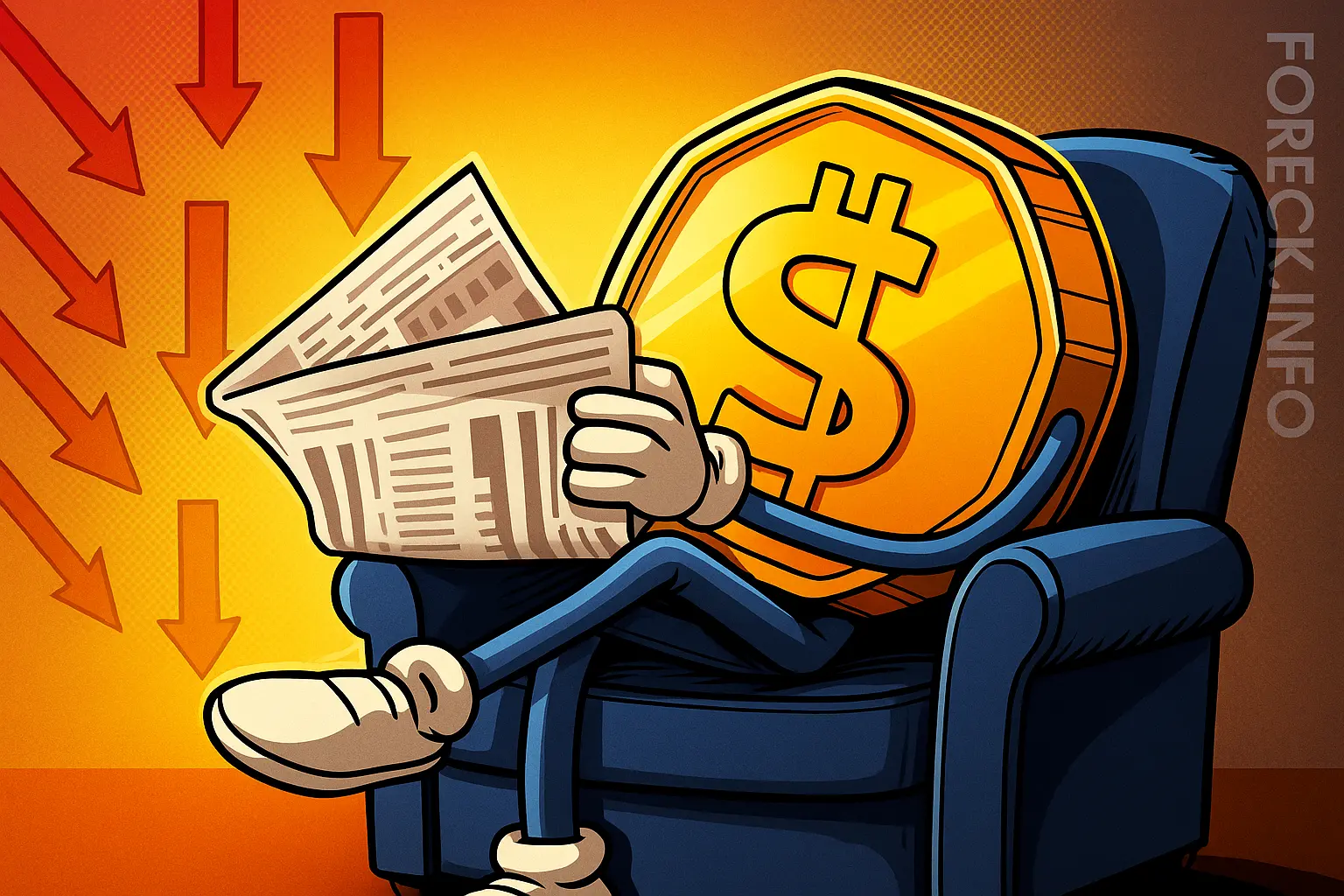United States
The dollar is firm against the euro, the pound and the yen.
Investor attention is on White House trade policy as fears grow of renewed friction between the world’s two largest economies. The “90-day truce” agreed in May expires on August 12 and is not expected to be extended; mutual tariffs are seen jumping back above 100%, effectively choking bilateral exports and raising global slowdown risks.
Traders are also parsing recent Federal Reserve commentary ahead of tomorrow’s CPI release, with headline inflation expected at 2.8% y/y and core at 3.0%. Fed Vice Chair for Supervision Michelle Bowman said weak July labor data highlight fragility in the jobs market and signaled three rate cuts this year. St. Louis Fed President Alberto Musalem cautioned that outcomes could overshoot targets for both inflation and employment, requiring a careful policy balance. Overall, the lack of a unified view inside the Fed keeps the policy outlook uncertain.
Eurozone
The euro weakens versus the U.S. dollar and trades mixed against the pound and the yen.
At 11:00 (GMT+2) tomorrow, investors look to the ZEW sentiment survey. Preliminary indications suggest the EU gauge could fall from 36.1 to 28.1, and Germany’s from 52.7 to 39.7, following a recent U.S.–EU trade deal. Businesses broadly criticized the agreement as favoring U.S. interests and warned of significant damage, particularly to industry. If confirmed, the data would reinforce prospects of a slower recovery and increase the likelihood of an ECB rate cut in the autumn.
United Kingdom
The pound weakens versus the U.S. dollar and is mixed against the yen and the euro.
Today’s reports show hiring remains very subdued as firms face sharply rising labor costs tied to government changes in social benefits and a weakening outlook worsened by U.S. import tariffs. According to the CIPD, only 57% of private-sector employers plan to hire within the next three months, down from 65% last autumn. The REC estimates that July saw a steep drop in both permanent and temporary placements as employers’ National Insurance contributions (NIC) climbed, cumulatively exceeding 25 billion pounds.
Japan
The yen weakens versus the U.S. dollar and trades mixed against the pound and the euro.
Markets are wary of a political crisis that could complicate the Bank of Japan’s path to tightening. Prime Minister Shigeru Ishiba faces mounting calls from members of the ruling LDP to resign over defeats in last month’s upper-house election and last year’s lower-house vote. He has no plans to step down, and lawmakers intend to run an internal leadership contest even as Ishiba remains party head. Analysts expect BoJ board members to stay cautious until the political backdrop stabilizes.
Australia
The Australian dollar weakens against the U.S. dollar and is mixed versus the pound, yen and euro.
At 06:30 (GMT+2) tomorrow, the Reserve Bank of Australia meets. Markets expect a 25 bp cut, taking the cash rate from 3.85% to 3.60%, amid a marked slowdown in inflation. In Q2, headline CPI eased from 2.4% to 2.1% y/y, and the trimmed mean from 2.9% to 2.7%. Forecasters look for at least two easings this year—August and November.
Oil
Crude prices attempt to recover lost ground, with the market steady ahead of an in-person meeting between U.S. and Russian presidents, Donald Trump and Vladimir Putin, expected at week’s end in Alaska. Should a consensus to end the Russia–Ukraine conflict be reached, some sanctions on Russian hydrocarbon exports could be lifted, boosting supply and adding pressure on prices.
Meanwhile, UBS cut its year-end Brent forecast from 68 to 62 per barrel, citing stronger supply from South America and resilient output in countries under international sanctions.
Google News — headline options
- Dollar Rallies as Trade Truce Ends: ZEW, BoJ Politics and RBA Cut in Focus
- Euro Softens, UK Hiring Slumps, Yen Hit by Turmoil — Big Data Day Ahead
- Oil Steady on Summit Hopes as UBS Slashes Brent Target to 62

